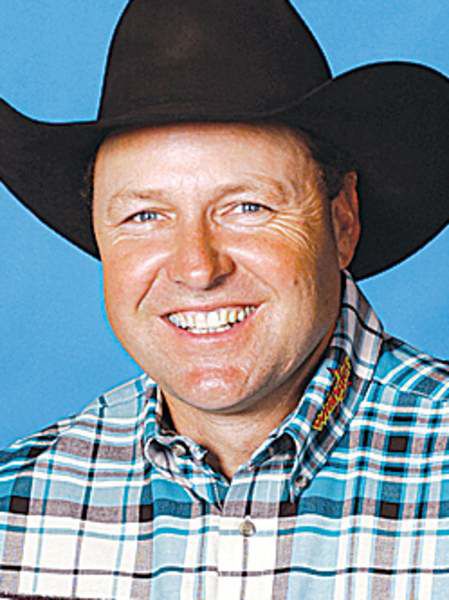Compatibility important for team ropers
Published 5:00 am Sunday, July 3, 2011

- Nineteen-time National Finals Rodeo participant Mike Beers, who is from CentralOregon, is competing with fellow local Bobby Mote in team roping this year.
Longtime Central Oregon rodeo roper Mike Beers sounds like a marriage counselor when he talks about what makes a successful team-roping partnership.
Communication, respect, a similar set of goals and expectations — all are key, according to Beers, who has been to the Professional Rodeo Cowboys Association’s National Finals Rodeo 19 times with nine different partners in team roping.
“You’re with them day in and day out,” says Beers, 53, who won the 1984 team-roping world title with his partner at the time, Dee Pickett. “You’re with your partner more than your wife. You stay with them, you rope with them in practice, you go to rodeos with them. It’s a lot of stress.”
Of pro rodeo’s eight disciplines, team roping is unique in that it is the lone competition in which contestants rely on someone other than themselves. A roping team consists of a header, who first ropes the head of the steer, and a heeler, who then ropes the animal’s heels or legs.
A great heeler is nothing without a reliable header — and vice versa.
“You’ve got to depend on someone every time,” says Beers, who has won more than $2 million in his PRCA career and who this season is roping with Culver’s Bobby Mote, a four-time bareback world champion who is making his PRCA roping debut this year. “In calf roping and bareback riding, if you’re the best, you win. But in team roping, you might be the greatest heeler ever, but if your header misses, you’re not going anywhere.”
Competition in team roping can be fierce. Most rodeos have two to three times as many team-roping contestants as they do contestants in roughstock events such as bareback and saddle bronc riding, making payouts larger but harder to come by. If one partner fails in team roping, both partners go home without a check.
“You’ve got to be able to get along,” says Terrebonne roper Russell Cardoza about the pressure-filled relationship between teammates.
Cardoza, 24, who is currently seventh in the 2011 team-roping heeler world standings, has made the NFR each of the last two seasons with partner Charly Crawford, of Prineville. He and Crawford were expected to hit eight rodeos this week as part of “Cowboy Christmas”, the phrase used to describe the multiple rodeos — and payouts — over the Fourth of July weekend.
“You both have to have good horses and you have to be able to talk about things,” Cardoza says. “And both guys have to want to win all the time.”
Compatibility is vital for partners, says Cardoza. When he and Crawford first decided to team up at the start of the 2009 season, Cardoza spent the winter with his new teammate at Crawford’s second home in Llano, Texas, practicing and learning each others’ tendencies and roping likes and dislikes.
“Every day we’d rope and ride horses,” says Cardoza, who won $128,544 primarily with Crawford in 2009 en route to a ninth-place finish in the team-roping heeler world standings. “I didn’t want to do that every year, but it sure helped out a bunch at the start.”
While Cardoza and Crawford may still be in the honeymoon stage of their team-roping relationship, Beers says it is normal for cowboys to cycle through partners. Beers estimates he has roped with 13 different cowboys professionally, his longest partnership being eight years with Pickett. His shortest stint, he recalls, was a single rodeo with a cowboy who liked to party too much for Beers’ taste.
“I’d say the average (length of a roping team’s partnership) is four to five years on a young team,” says Beers, who already this season has won two rodeos, the Bonnyville (Alberta) Pro Rodeo and Wainwright (Alberta) Stampede, with Mote. “In my case, I’m looking for guys nowadays who want to listen to me and let me run the show. I’ve got 30-some years of education doing this.”
Beers has been around long enough that his last NFR appearance, in 2007, was with his son, Brandon.
“(Roping with Brandon) was one of the funnest things I’ve ever done, but one of the toughest things I’ve ever done, too,” the elder Beers recalls. “You’re trying to communicate with a partner and a son. It’s tough to keep separate.”
While a great team-roping run often takes less than four seconds, consistently achieving that level of precision between header and heeler can take years — or longer than a lot of partners can manage to stay together.
“There’s a lot of things involved going into making a five-second run,” Beers says. “And it takes a lot to get there.”






